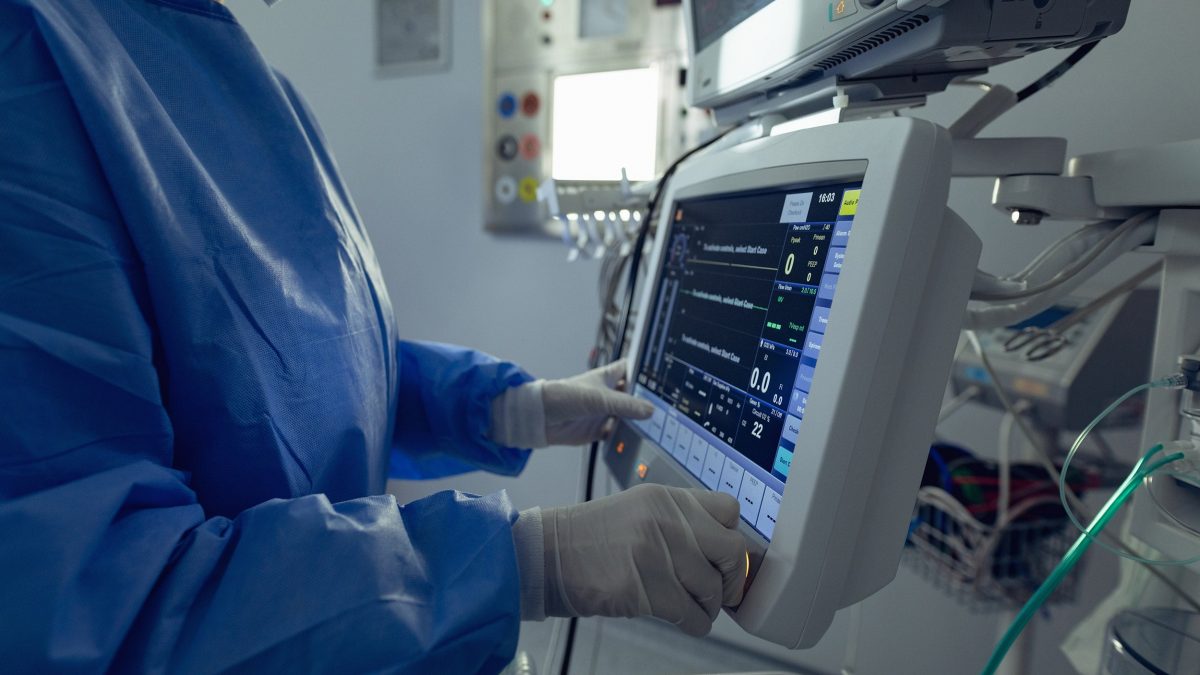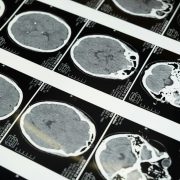Health
High rate of diagnostic error found in ICU
Nationwide study pinpoints testing mistakes as most common cause
A new study from Harvard-affiliated Brigham and Women’s Hospital, in collaboration with researchers at the University of California San Francisco, has shed light on the rate and impact of diagnostic errors in hospital settings.
In an analysis of electronic health records from 29 hospitals across the country of 2,428 patients who had either been transferred to an intensive care unit (ICU) or died in the hospital, the researchers found 550 patients (23 percent) experienced a diagnostic error, the majority of which were harmful to the patient. The researchers also determined the most common causes of diagnostic errors.
The study was published Monday in the journal JAMA Internal Medicine.
“We know diagnostic errors are dangerous and hospitals are obviously interested in reducing their frequency, but it’s much harder to do this when we don’t know what’s causing these errors or what their direct impact is on individual patients,” said senior author Jeffrey L. Schnipper of the Brigham’s Division of General Internal Medicine and Primary Care. “We found that diagnostic errors can largely be attributed to either errors in testing, or errors in assessing patients, and this knowledge gives us new opportunities to solve these problems.”
“It appears to be that only a minority of deaths in hospitals are linked to diagnostic errors, but even a single patient death that might have been prevented with a better diagnostic process is one death too many.”
Jeffrey L. Schnipper, Women and Brigham’s Hospital
Diagnostic errors are defined in medicine as any failure to either accurately explain a patient’s health problem or a failure to communicate that information to the patient. Some national efforts are currently underway to detect and address their causes, including DECODE, a Diagnostic Centers of Excellence program at the Brigham that focuses on decreasing diagnostic errors in medical imaging by implementing and evaluating a highly resilient system for care planning and coordination, as well as a peer learning system for clinical providers. Other projects underway that involve BWH researchers will address cases and causes of delayed diagnosis of cancer, explore how electronic health records contribute to diagnostic errors, and more.
To date, few studies have quantified the prevalence of diagnostic errors in hospitals or their most common underlying causes. In this study, cases were assessed for diagnostic errors by teams of two physicians who received extensive training in error adjudication and utilized multiple quality control steps. They found that 550 of the patients in their cohort (23 percent) experienced a diagnostic error in the hospital. Of these, 486 (17 percent of all patients) experienced some form of harm because of these errors. Of the 1,863 patients who died, the researchers judged that a diagnostic error was a contributing factor in 121 cases (6.6 percent).
“It appears to be that only a minority of deaths in hospitals are linked to diagnostic errors, but even a single patient death that might have been prevented with a better diagnostic process is one death too many,” said Schnipper.
The researchers found that most errors were attributable to errors in assessing patients, or errors in ordering and interpreting diagnostic tests.
“These two parts of the diagnostic process feed directly into each other,” said Schnipper. “If you don’t think of the correct possible diagnosis during your assessment of a patient, you’re not going to order the right tests. And if you order the wrong test or order the right test but misinterpret the result, this will inevitably change how you then assess a patient.”
While the research demonstrates the dangers that diagnostic errors can pose to patients, the researchers maintain that the rate of diagnostic errors in their specific population of patients, who all had experienced bad outcomes, does not represent the general rate across hospitals. The researchers are next exploring how health systems can implement surveillance systems to catch diagnostic errors as they occur, compare results across hospitals, and start pilot testing possible solutions.
“Our study does not tell us the overall frequency of diagnostic errors in the hospital, but it does tell us that there’s more we can be doing to prevent these types of errors from occurring,” said Schnipper.
Authors of the study include Andrew D. Auerbach, Tiffany M. Lee, Colin C. Hubbard, Sumant R. Ranji, Katie Raffel, Gilmer Valdes, John Boscardin, Anuj K. Dalal (BWH), Alyssa Harris, and Ellen Flynn for the UPSIDE Research Group. The authors declared no competing interests.
This study was supported by the Agency for Healthcare Research and Quality (R01HS027369).




